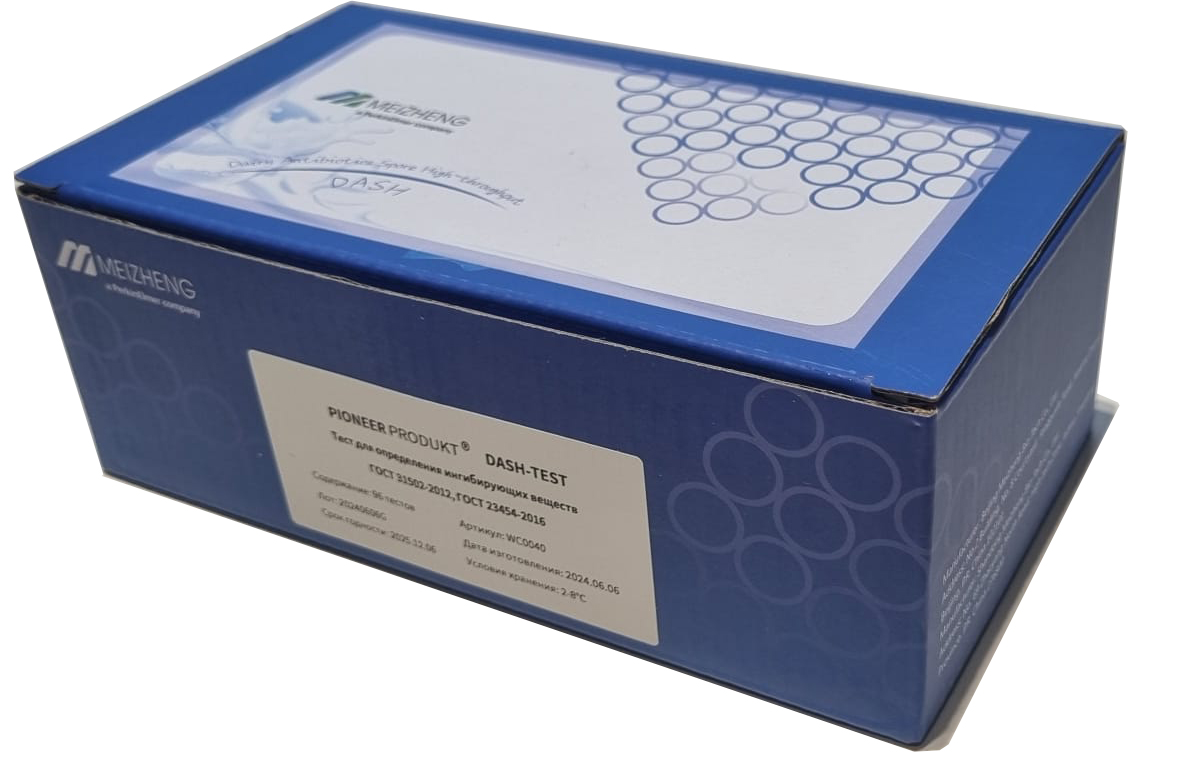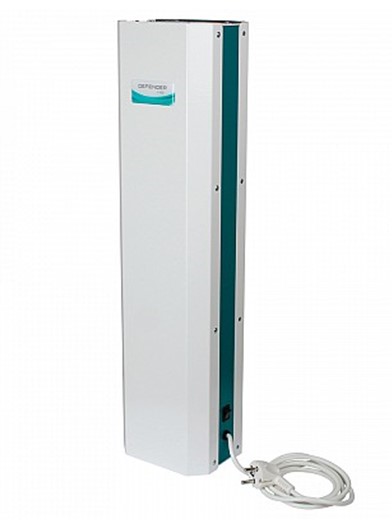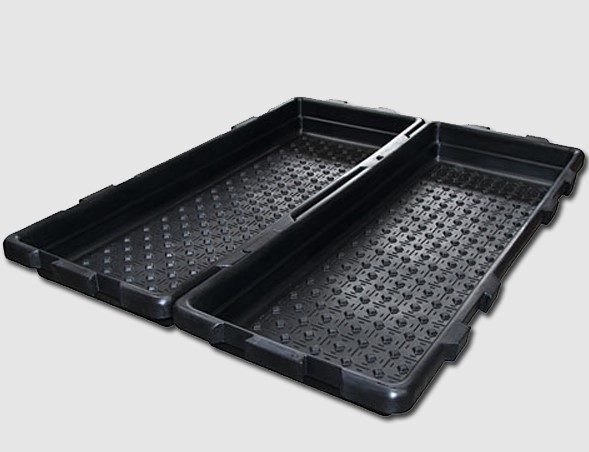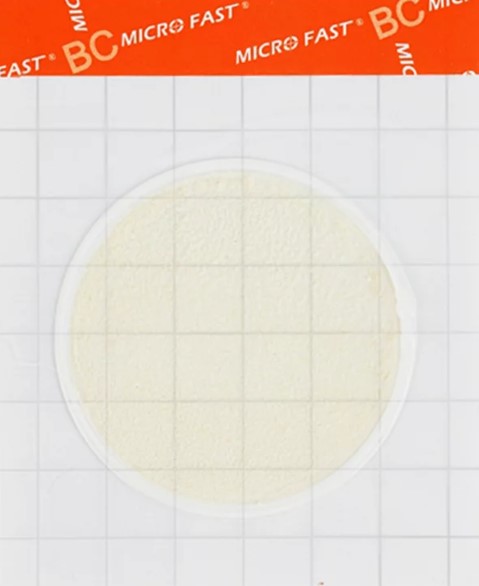In two years in Moscow, neural networks have learned to recognize 11 pathologies

Neural networks developed in Moscow have learned to diagnose a new pathology on CT scans - hydrothorax, said Anastasia Rakova, Deputy Mayor of the capital for social development. Another innovation was the ability to detect signs of flat feet on radiography of the foot. Thus, in the two years since the start of the experiment in the capital, artificial intelligence has already learned to recognize 11 pathologies.
Hydrothorax is an abnormal accumulation of excess fluid in the pleural cavity of the lungs. This can be a sign of various diseases, provoke acute respiratory failure with a threat to life, and also carries a high risk of displacement of the mediastinal organs, circulatory disorders and severe cardiac pathology.
Flat feet - a change in the shape of the foot, characterized by the omission of its longitudinal and transverse arches. “The innovation simplifies and speeds up the diagnosis of the disease, as well as determining its degree,” explained Ilya Tyrov, deputy HEAD of the Moscow Department of HEALTH.
AI in radiology
Today, smart algorithms help Moscow doctors find signs of lung cancer, covid-19 , coronary heart disease, stroke, spinal osteoporosis, thoracic aortic aneurysm, pulmonary hypertension and hydrothorax, lung pathology on x-ray and fluorography, signs of flat feet on x-ray on computed tomography feet, on mammography - breast cancer.
In two years, artificial intelligence services have helped doctors analyze more than 6 million X-ray studies. Of these, more than 2 million are for computed tomography, 3.5 million for radiography and fluorography, and another 500 thousand for mammography, Rakova cited data. “We are implementing digital services that facilitate and speed up the work of doctors. <...> At the same time, thanks to the expansion of the capabilities of “smart” algorithms, the number of studies processed by artificial intelligence has doubled in less than a year,” the deputy mayor specified.
Anastasia Rakova (Photo: Press Service of the Moscow Social Development Complex)
Algorithms take special measurements, highlight areas of possible pathologies in the image that the DOCTOR needs to pay close attention to, and sort studies by the urgency of providing medical care to patients.
Read on RBC Pro Pro You paid dividends during the moratorium on bankruptcy.How it threatens Instructions Pro “The current me would be disgusted with myself at 20 years old”:how Bill Gates rests Articles Pro How a boy from the slums became the richest Korean,displacing the head of Samsung Articles Pro Parallel import of technology:What's Wrong Articles Pro Tax Disputes:what to pay attention to right now Cases Pro Anger, disgust and debriefing:why it's so hard to talk about sex Instructions Pro Should Russian sellers go to Amazon today InstructionsPro How much money is needed for an ideal life: British scientists answer ResearchBritish scientists answer ResearchBritish scientists answer ResearchBenefits for the doctor
Neural networks do not replace the doctor, but help him in his work, speeding up the diagnosis and preventing even subtle deviations from being overlooked. “The services highlight areas to which the doctor should pay special attention, as well as sort studies by urgency. This allows you to speed up the work of the doctor, as well as not to miss the slightest deviations, ”explains Ilya Tyrov, deputy head of the Moscow Health Department.
The developers of the metropolitan neural network proceed from the fact that the last word in diagnostics remains with the specialist, and computer vision is designed to help him with the processing of large amounts of data. “We teach our AI to do this together with a specialist, and not instead of him,” says Dmitry Blinov, Head of Research and Development at Care Mentor AI. “Artificial intelligence, figuratively speaking, expands the horizons of the natural intelligence of a diagnostician, allows a person to evolve in the level of tasks being solved, which is especially important for radiation diagnostics, since one has to operate with huge amounts of data, three-dimensional images.”
Photo: Press Service of the Moscow City Hall / RIA Novosti
AI services are integrated into the unified radiological information service (UIS) of EMIAS and are available to radiologists of all Moscow medical institutions connected to EMIAS. According to the city authorities, the popularity of the use of neural networks in radiation diagnostics among Moscow doctors is only growing. In less than a year, the volume of analysis of radiological studies using artificial intelligence in the capital has doubled.
Benefits for the patient
For the patient, computer vision in the hands of doctors means more accurate diagnosis, early detection of possible health problems and more time that the doctor can devote to communicating with him. “If we take X-ray diagnostics, technologies in this area are developing in the direction of not replacing a doctor, but helping a doctor,” says Blinov. According to him, a specialist, having such an assistant at hand, does not degrade, but improves, moves to the expert level of making diagnostic decisions.
The winners of the hackathon on machine learning in medicine were chosen in Moscow Technology and media
Rakova adds that during the operation of the services, the speed of processing CT images has increased by 70%, and the accuracy of identifying signs, for example, covid pneumonia, has already reached 94%. “That is, in almost 100% of cases, the radiologist confirms that artificial intelligence correctly identified pathologies in the images,” the vice mayor noted.
Blinov believes that the advantages of artificial intelligence are undeniable in mass research. “At the heart of how artificial intelligence works is learning, it’s certainly easier to train a neural network for something more common and common,” he explains. However, he is confident that modern learning technologies allow AI to achieve high accuracy in diagnostics based on small data.
Moscow does not plan to stop there. Currently, Moscow radiologists have begun testing complex AI services - neural networks that recognize signs of several pathologies in one medical image of an X-ray examination. “They will analyze one CT scan of the chest organs for seven pathologies at once. Physicians will no longer have to use separate services to determine each pathology, as it was before, ”explained Rakova. For example, a patient with suspected viral pneumonia is sent for a CT scan, and based on its results, neural networks will help the specialist to notice other possible deviations - signs of lung cancer, osteoporosis, coronary disease, or other diseases.
Moscow has improved the diagnosis of oncological diseases of the digestive tract Society
“In order to introduce new tools, we select suitable solutions, they are tested by doctors - do they work well, do they meet the parameters, are they convenient to use. We are launching all the services that have come up - doctors will be able to choose which ones to use. Now two complex services are being tested. I emphasize that these are completely domestic developments, ”said the deputy mayor.
From experimentation to widespread use
Moscow has been engaged in the digitalization of the healthcare system and the development of the corresponding infrastructure over the past ten years. The Moscow Center for Diagnostics and Telemedicine of the Moscow Health Department became the platform for the experiment on introducing computer vision into medicine, which started in 2020. Today, the project is rated as "the world's largest clinical prospective trial of artificial intelligence technologies in radiology in the public health system." Initially, innovative methods for analyzing medical images began to be used to diagnose pneumonia and determine the extent of lung damage in the first wave of the COVID-19 pandemic. In the future, the scope of artificial intelligence in the field of diagnosing diseases began to expand.
“It is in our center that on one floor, scientists develop a methodology for applying and assessing quality, standards for the operation of AI services, and on the other, doctors use these technologies in their routine work. This is a huge array of scientific and research data that is used to create innovative tools that facilitate the work of a doctor and save the lives of patients,” said Yury Vasilyev, DIRECTOR of the center.
During the experiment on the introduction of computer vision technologies in the capital's healthcare in Moscow, it was possible to collect datasets of depersonalized X-ray images for evaluating and training neural networks. In early June, the authorities announced that they were opening access to nine of them. “During the two years of the experiment on the introduction of computer vision technologies in Moscow healthcare, we have collected a unique digital library of data sets. It consists of depersonalized X-ray images, which are necessary for testing and further training of artificial intelligence. We open access to nine datasets for developers, startups and students, including those from other regions,” the Vice Mayor said. She expressed hope that this step will help create and refine high-quality computer vision services for the analysis of CT, MRI studies,
Read together with it:
- О самых распространенных причинах пожаров рассказали в МЧС2 октября, Минск. О самых распространенных причинах пожаров рассказал начальник главного управления надзора и профилактики МЧС Дмитрий Турчин на "Предупреждение чрезвычайных ситуаций в осенне-зимний период. Профилактика пожаров и гибели людей от них", которая прошла в БЕЛТА. "В республике наблюдается рост количества пожаров на 7,7%, и на 1......
- A Rostov broiler farmer was fined 750,000 rubles for selling meat contaminated with salmonella.The lawsuit against the poultry farm was filed by ROSSELKHOZNADZOR based on the results of an inspection that revealed serious violations of the production process. These included rust on metal structures, which compromised product quality, and unsanitary conditions that facilitated the growth of pathogenic microflora. A batch of Blagoyar pork legs with the backbone proved particularly dangerous, ...
- В Раменском выведена новая порода кроликов — Великородская белаяЭто значимое событие обозначает первую отечественную породу, разработанную для племенного и промышленного производства за последние 60 лет. Глава Раменского муниципального округа Эдуард Малышев посетил институт, где директор, доктор биологических наук Глеб Косовский, провел ознакомительную экскурсию для почетных гостей. Институт служит научно-методической базой для разработки технологий в области ...
- Боливия экспортирует говядину на сумму 797 миллионов долларов и вводит новые цифровые сертификаты для внешней торговлиЭкспорт говядины из Боливии в период с 2021 по 2025 год достиг 797 миллионов долларов. Китай является основным рынком сбыта этого мяса, на который приходится 74% продаж, сообщила Карина Серрудо, генеральный директор Национального таможенного управления. Параллельно с этим ведомство включило сертификат безопасности экспортных пищевых продуктов для говядины в систему «Единое окно для внешней торговл...



























































